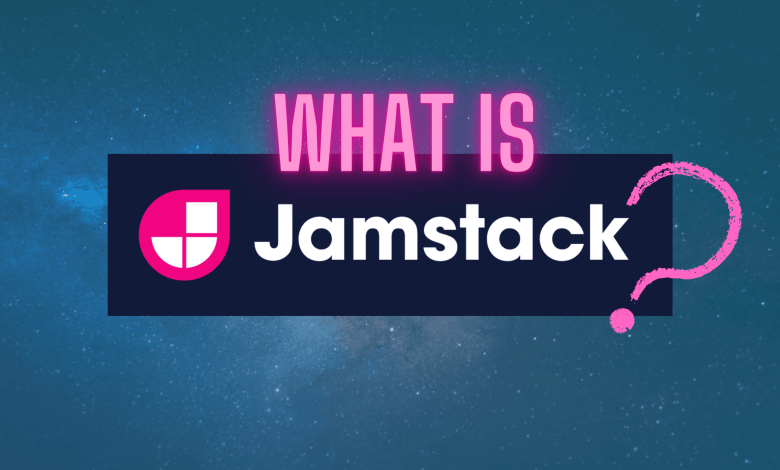What Is JAMstack and Why Is It So Popular?

In recent years, the JAMstack architecture has revolutionized the way developers build modern websites and applications. Moving away from traditional monolithic architectures, JAMstack provides a faster, more secure, and scalable approach to web development.
But what exactly is JAMstack, and why is it gaining so much popularity among developers and companies alike? In this article, we’ll break it down, explain its core principles, and show why it’s a game-changer in modern web development.
1. What Does JAMstack Mean?
JAMstack is an acronym for:
- JavaScript → Handles dynamic functionalities.
- APIs → Connects with backend services and databases.
- Markup → Pre-rendered static HTML files delivered to the client.
Instead of relying on a heavy backend for everything, JAMstack delivers static assets first, then enhances functionality through APIs and JavaScript.
2. Traditional vs. JAMstack Architecture
- Traditional Websites: Server dynamically generates content for each request (e.g., WordPress, PHP-based sites).
- JAMstack Websites: Content is prebuilt during the build process and served via CDN. APIs handle dynamic parts.
✅ Example:
-
Traditional:
index.phprenders content every time a user visits. - JAMstack:
index.htmlis already built and instantly delivered from CDN.
3. Why JAMstack Is Popular
JAMstack has quickly become the standard for modern web apps because of these benefits:
- Performance: Static files delivered via CDN load faster.
- Scalability: Adding more users is as simple as distributing more static files.
- Security: No server-side processing reduces vulnerabilities.
- Developer Experience: Developers can use modern tools, frameworks, and workflows.
4. JAMstack Workflow Explained
The workflow usually looks like this:
- Content Creation → Developers write code and connect to headless CMSs.
- Build Process → Static site generators (SSGs) create pre-rendered HTML.
- Deployment → Files deployed to a CDN (Netlify, Vercel, Cloudflare).
- Enhancements → APIs and JavaScript add interactivity.
5. Popular Tools in JAMstack Ecosystem
- Static Site Generators (SSGs): Gatsby, Next.js, Hugo, Jekyll.
- Headless CMSs: Strapi, Contentful, Sanity, Ghost.
- Deployment Platforms: Netlify, Vercel, GitHub Pages.
- APIs: Auth0 (authentication), Stripe (payments), Firebase (backend).
6. JAMstack Example
A blog built with JAMstack might:
- Use Markdown files or a headless CMS for content.
- Generate static HTML with Next.js.
- Deploy to Vercel.
- Add comments section via Disqus API.
- Handle payments with Stripe API.
This combination creates a lightweight yet powerful website.
7. JAMstack vs WordPress
- WordPress: Traditional CMS with themes, plugins, and PHP backend.
- JAMstack: Decoupled front end (React/Vue/Angular) + APIs + static hosting.
✅ JAMstack wins in speed, scalability, and security, while WordPress is easier for beginners without coding knowledge.
8. When to Use JAMstack
JAMstack is best for:
- Blogs and content-driven websites.
- E-commerce with headless CMS.
- Portfolios and landing pages.
- SaaS dashboards with API-driven data.
Not ideal for:
- Projects requiring heavy server-side logic.
- Real-time applications (though APIs can help).
9. Future of JAMstack
With the rise of serverless computing and headless CMSs, JAMstack is only growing stronger. More businesses are adopting it to reduce hosting costs, improve performance, and achieve global scalability.
Industry trends show JAMstack becoming the standard for modern web architecture.
Conclusion
JAMstack isn’t just a buzzword—it’s a shift in how websites are built. By separating the front end from the backend and relying on pre-rendered content plus APIs, JAMstack achieves speed, security, scalability, and flexibility.
If you want to build modern, high-performance web applications, learning JAMstack and its ecosystem is one of the smartest moves you can make today.

